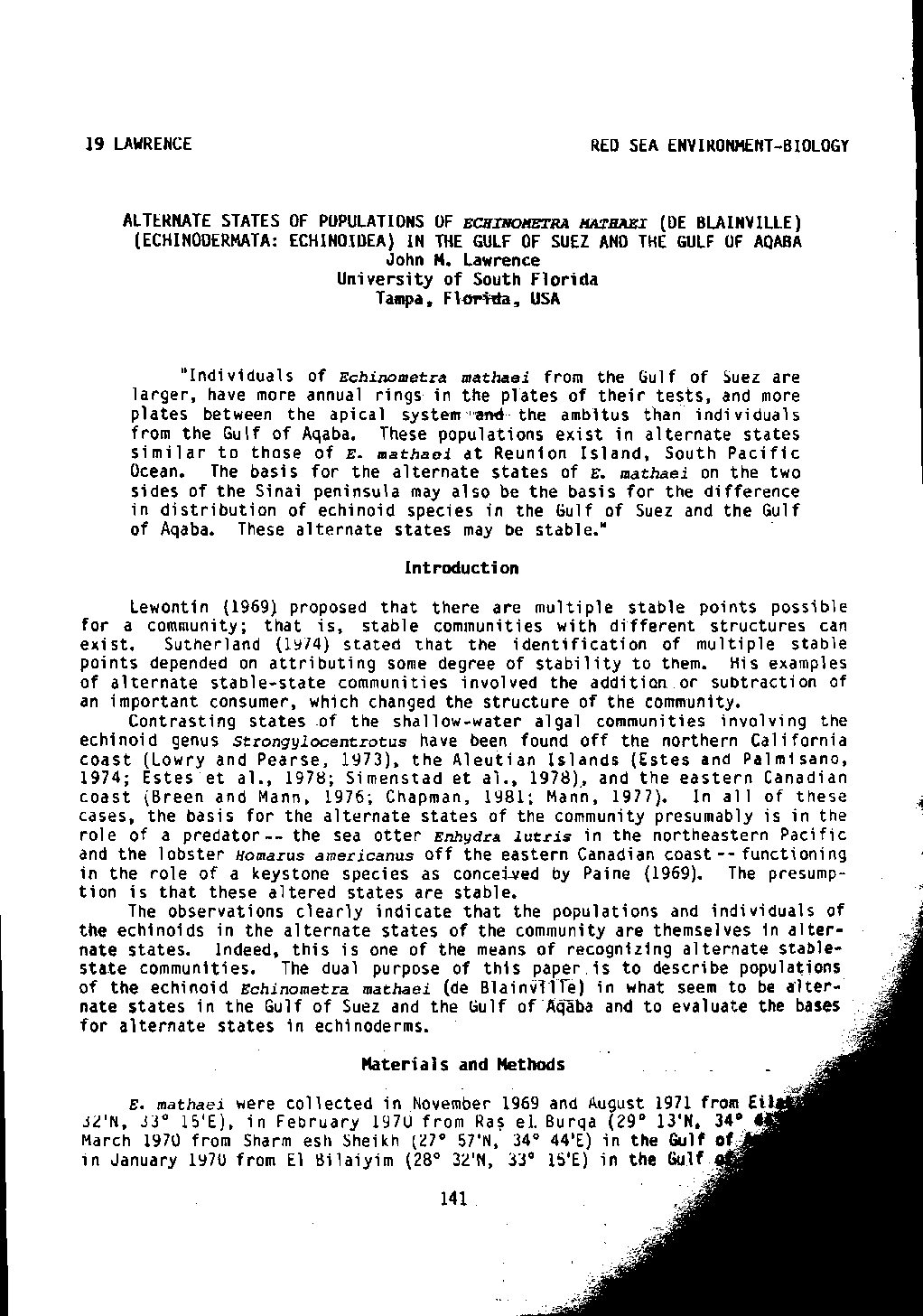Categories
vol-34PHYTOPLANKTON COMMUNITY STRUCTURE AND
DIVERSITY INDEX IN MEDITERRANEAN SEA LAGOON;
LAKE MANZALAH, EGYPT
NABILA RAGAB HUSSEIN
National Institute of Oceanography and Fisheries, Alexandria, Egypt.
[email protected]
Keywords: Lake Manzalah, Phytoplankton, Diversity index.
ABSTRACT
Phytoplankton community and its diversity of Lake Manzalah were studied
bimonthly from January 2001 to January 2002. The lake was covered by nine
sampling stations. It was characterized by high nutrient load from untreated
industrial, domestic, drainage water and agrochemicals (biocides and fertilizers)
through several drains located at southern and western sides, beside to discharge
of Port Said wastewater treatment plant. The phytoplankton counts attained an
average of 1.2 x 106 unit/L, it represented by 111 species dominated by
Bacillariophyceae (44 spp., 39.5% by number of the total community),
Chlorophyceae (31 spp., 38.1%) and Cyanobacteria (14 spp., 14.2%). While
Euglenophyceae (12 spp., 4.2%) and Dinophyceae (10 spp. 4.0%) were recorded
as frequent forms. The most dominant genera were Melosira (20.14% of the total
community), Scenedesmus (10.18%), Ankistrodesmus (9.13%), Chlamydomonas
(8.91%), Merismopedia (8.22%), Cyclotella (7.82%), and Nitzschia (6.43%). The
phytoplankton density showed a remarkable decrease as compared with the
previous records and the community was altered since Bacillariophyceae became
dominant, instead of Chlorophyceae. Some marin diatom forms appeared at
Boughaz area, the south and middle area of the lake dominated by Chlorophyceae,
and the western area dominated by Cyanobacteria. The highest average
phytoplankton density was recorded at Bahr Kassab (St.4, 1.9x106unit/L), while
the lowest density was recorded at Bahr Deshdee (St.6, 0.6x106unit/L).
Phytoplankton flourished during spring (March) like most Egyptian Delta lakes.
Diversity Index varied from 0.96 to 2.9 “nats”. Lake water affected directly or
indirectly by water discharged there, although the nutrient salts decreased than the
previously recorded it was not limit to phytoplankton growth. Correlation
coefficients were done to describe the dependence of phytoplankton density on
some abiotic factors and discussed







